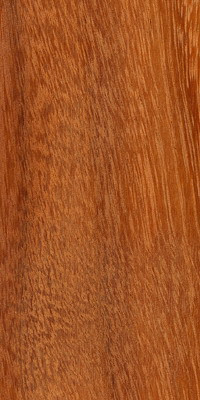

Tali is a tropical species native to sub-Saharan Africa and known for its resistance to wear and tear. Tali is a very durable timber, which is used, for example, in the construction of frameworks exposed to bad weather, with the undeniable advantage that it does not need to be treated. It is therefore an ecological material.

Erythrophleum suaveolens, Erythrophleum ivorense
Family: ERYTHROXYLACEAE (angiosperme)
Commercial restrictions: no commercial restriction
Tali is a large tree about 40 meters high, with a diameter of 1 to 1.5 meters. The bole is cylindrical, rarely very straight, and covered with a greyish-brown scaly bark; rounded buttresses rise quite high but close to the trunk. The crown is well developed, with very irregular sinuous branches and a dense canopy.
Like most tropical timbers, tali tropical timber has different names, (missanda for example), but tali is the pilot name for its commercialisation.
Suppliers : Tali suppliers
It is a yellow-brown to reddish-brown, heavy, hard to very hard wood, which therefore requires powerful sawing equipment. Note that East African tali is lighter.
Exotic tali wood is particularly durable, which makes it suitable for outdoor use without necessarily requiring treatment (except for the sapwood, which has poor durability). Tali is very resistant to termites and fungi, as well as to rot. It can therefore bear humidity well without being treated.
Tali is used in exterior joinery, for the construction of frameworks, bridges and freshwater hydraulic works, as well as for the manufacture of railway sleepers. Due to its wear resistance, tali wood is also suitable for the manufacture of vehicle or container bottoms and floors in factories, warehouses or public places.
It is a substitute for azobe.
Tali is a characteristic essence of the Guinean zone.
It is found from Senegal and Gambia in the West, to Sudan and Kenya in the East, and as far as Mozambique in the South.
It is therefore a species widely represented in sub-Saharan Africa.
The tali develops as well on the edge of the dense forest, in rather cool terrain, as in the heart of the humid dense forest. It generally grows foot by foot, scattered, but it is possible to find it exceptionally in almost pure stands on moist sandy soils.
Two species are actually grouped together under the name tali: tali suaveolens and tali ivorense. The most reliable way to distinguish them is to look at their fruits, which take the form of black, smooth and oblong pods: the pods of the ivorense have a more rounded top than those of the suaveolens.
Sources :
use(s) for this species :